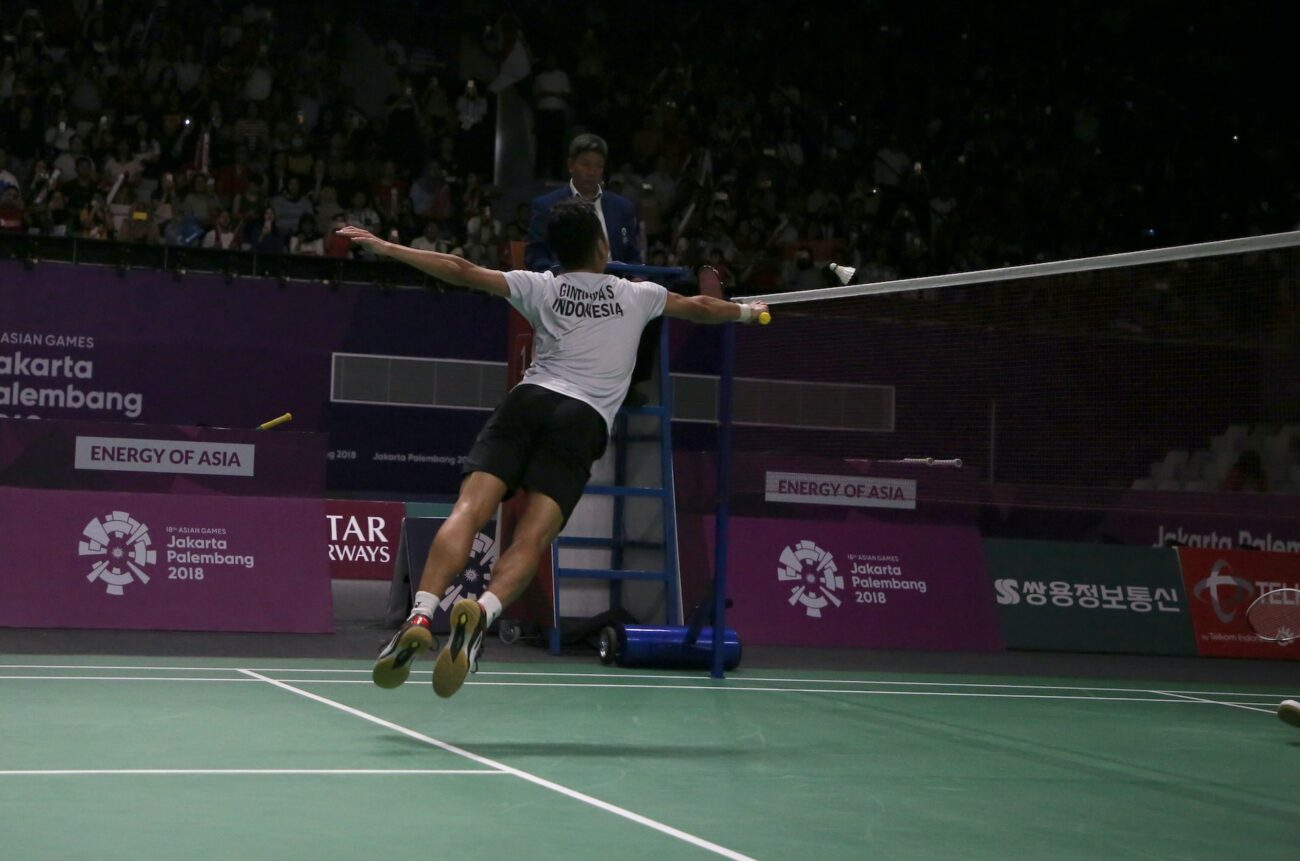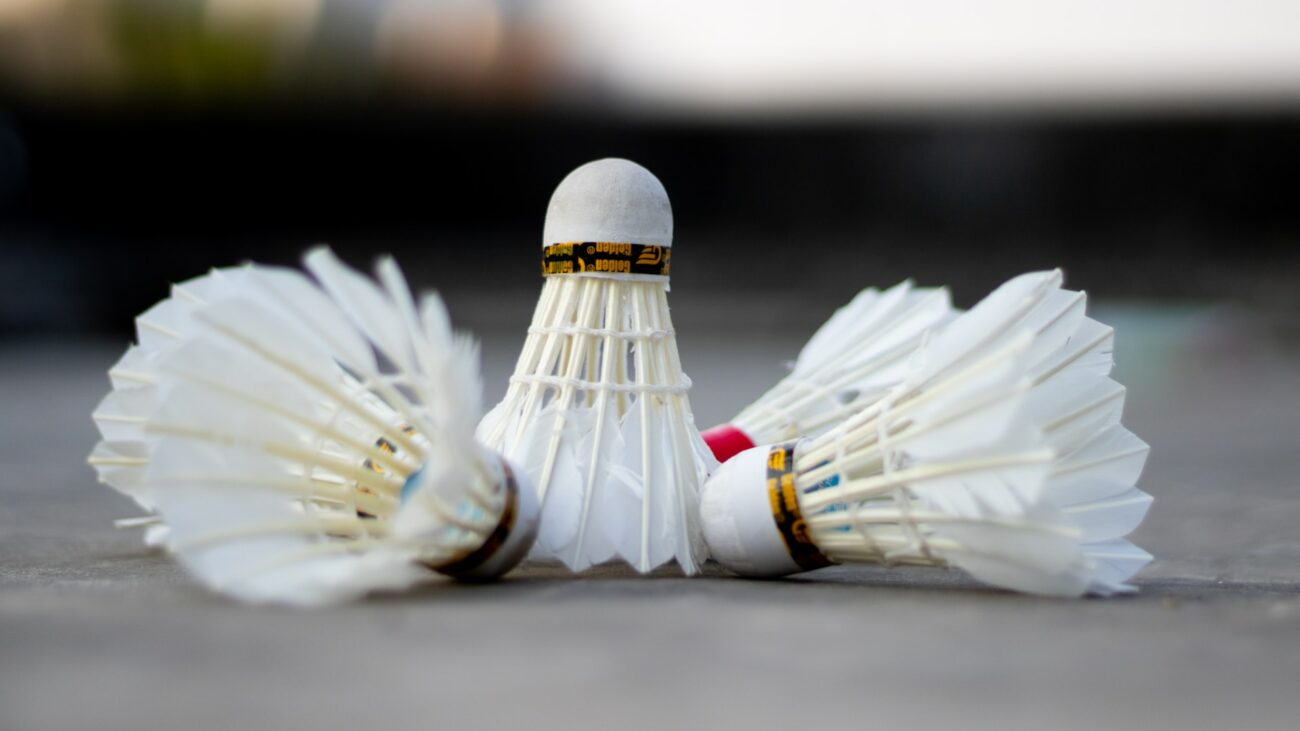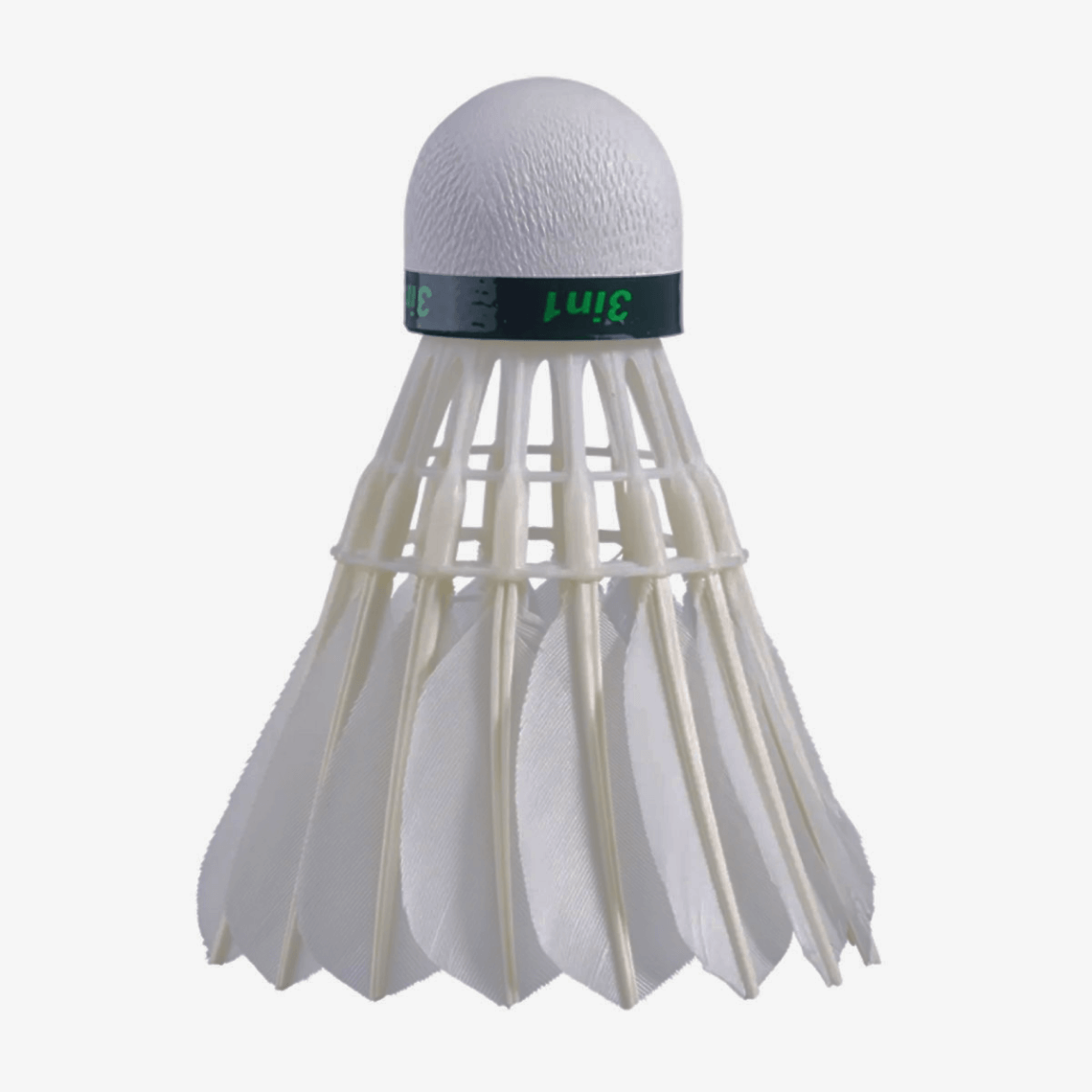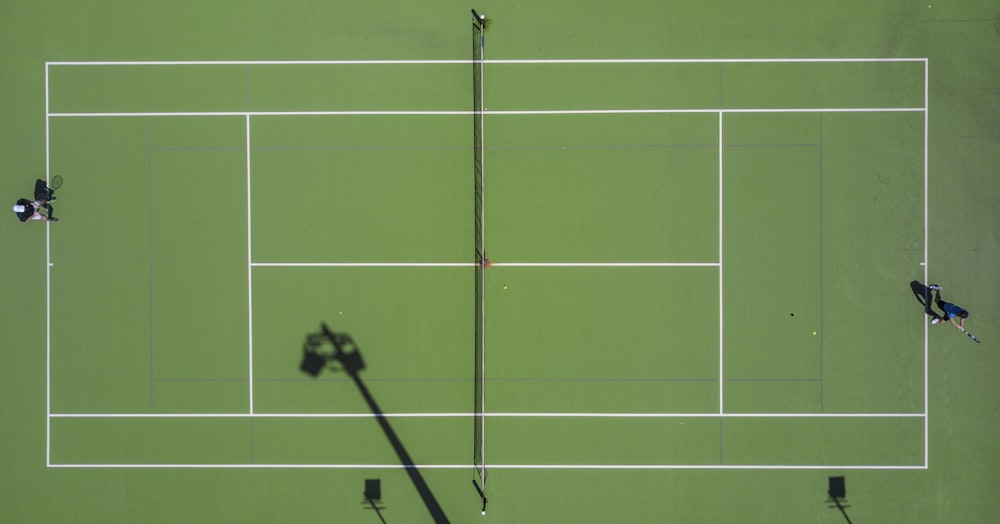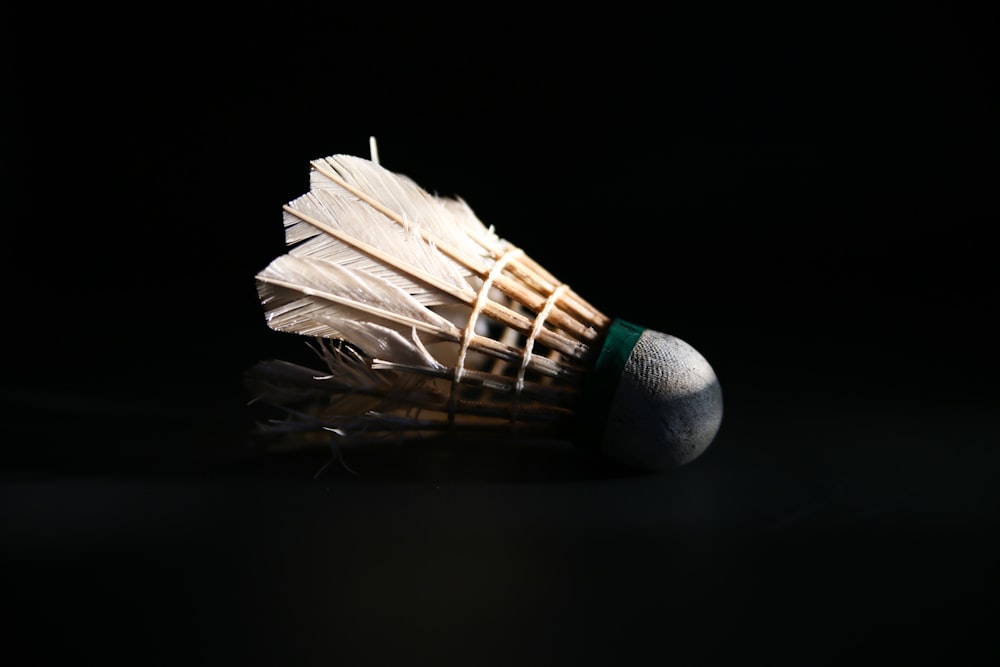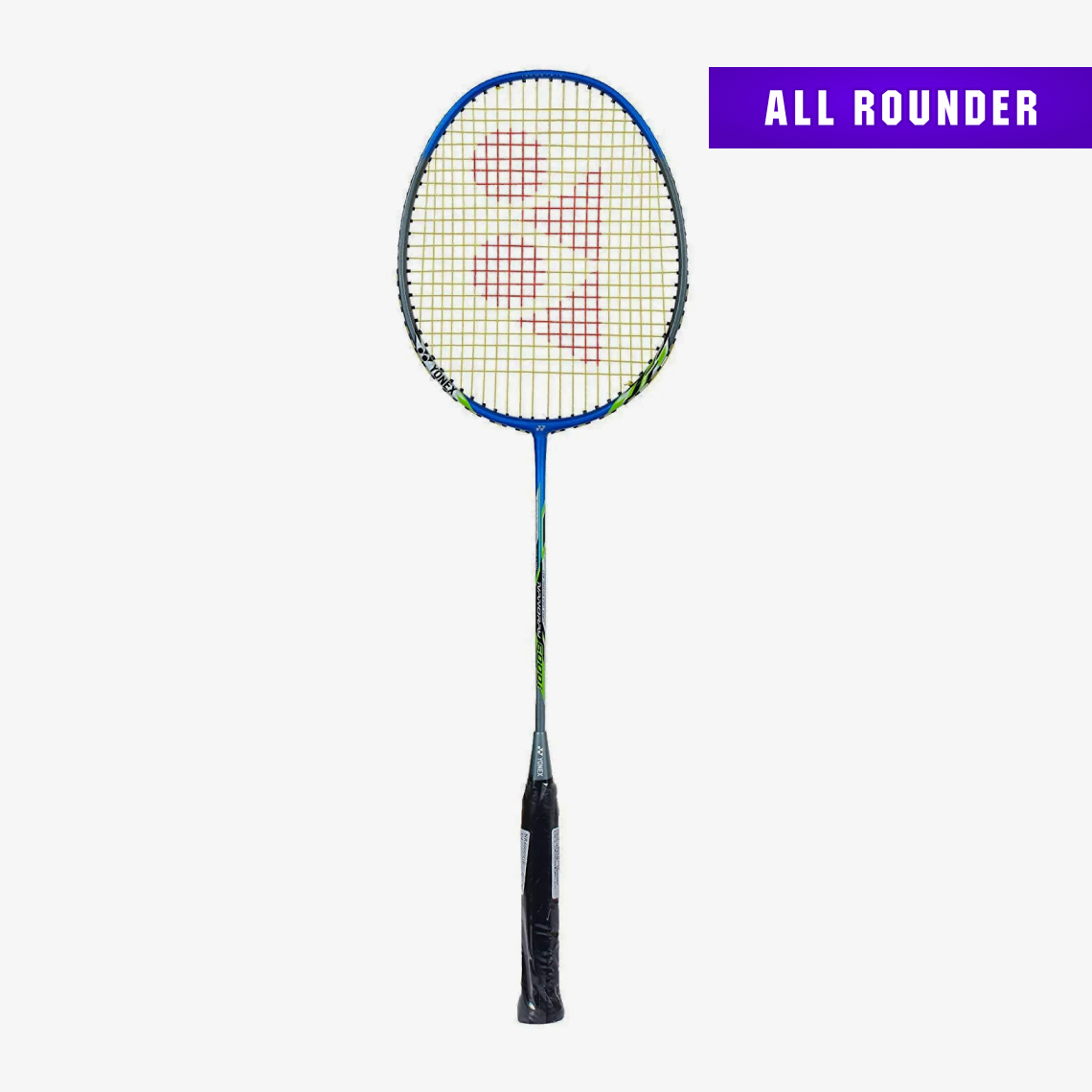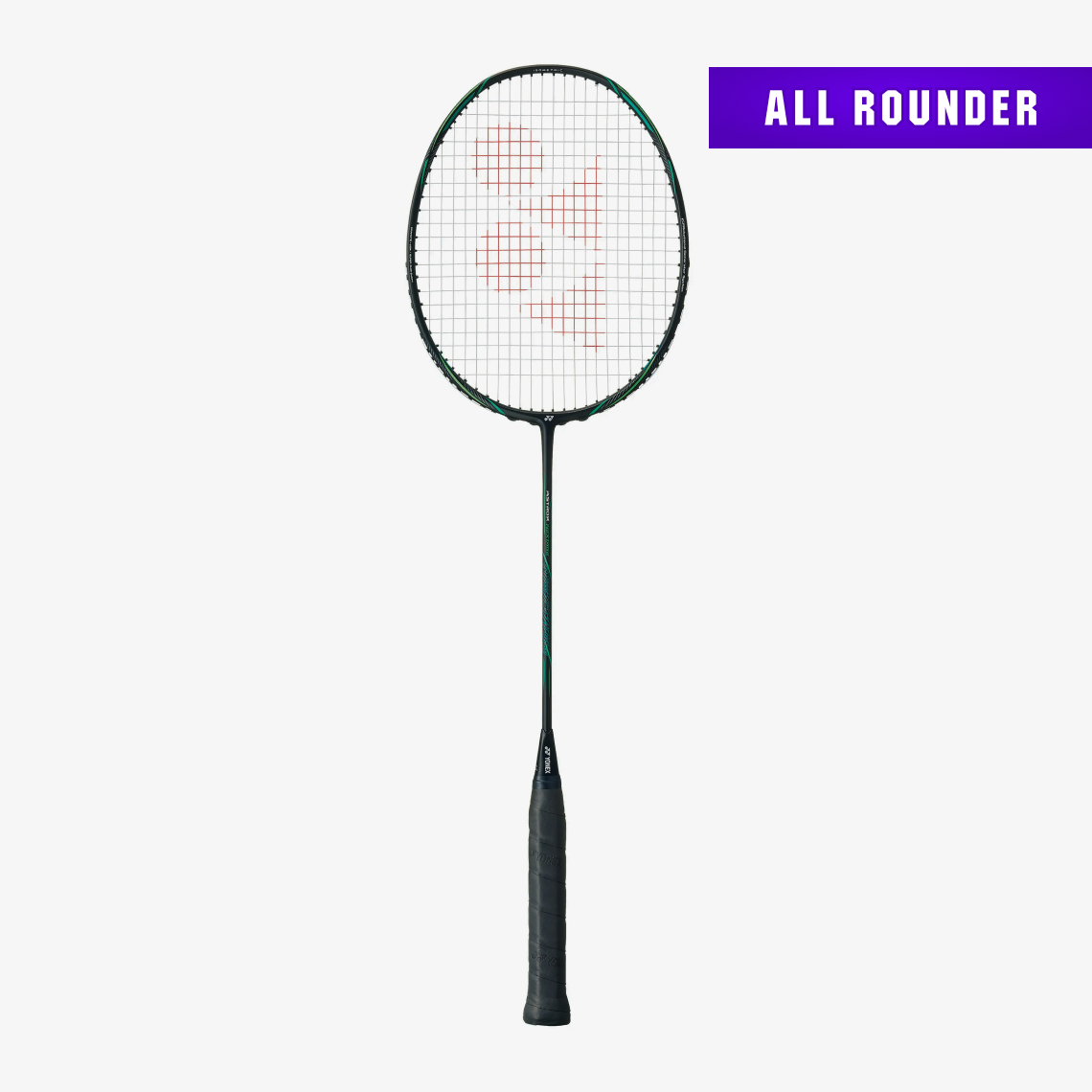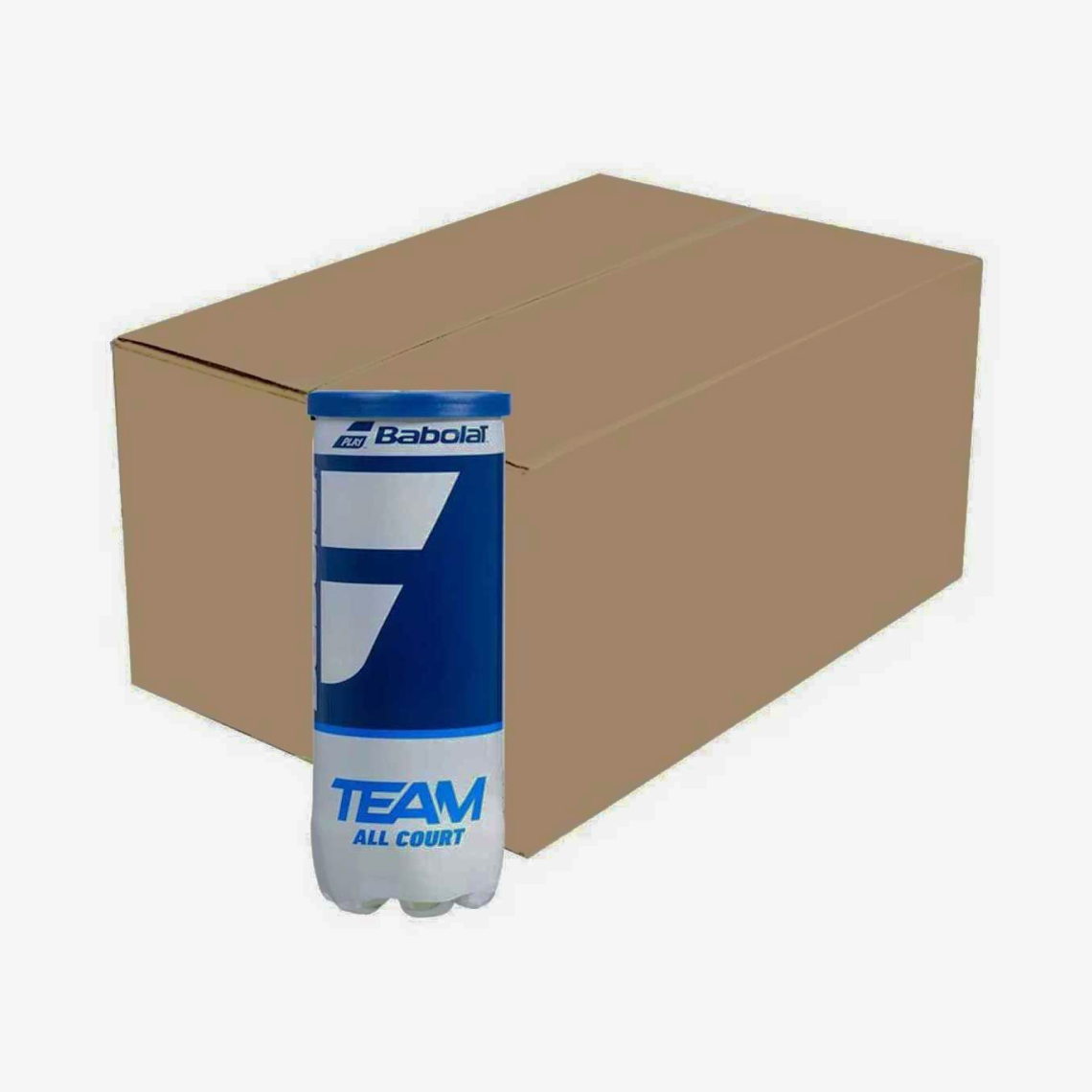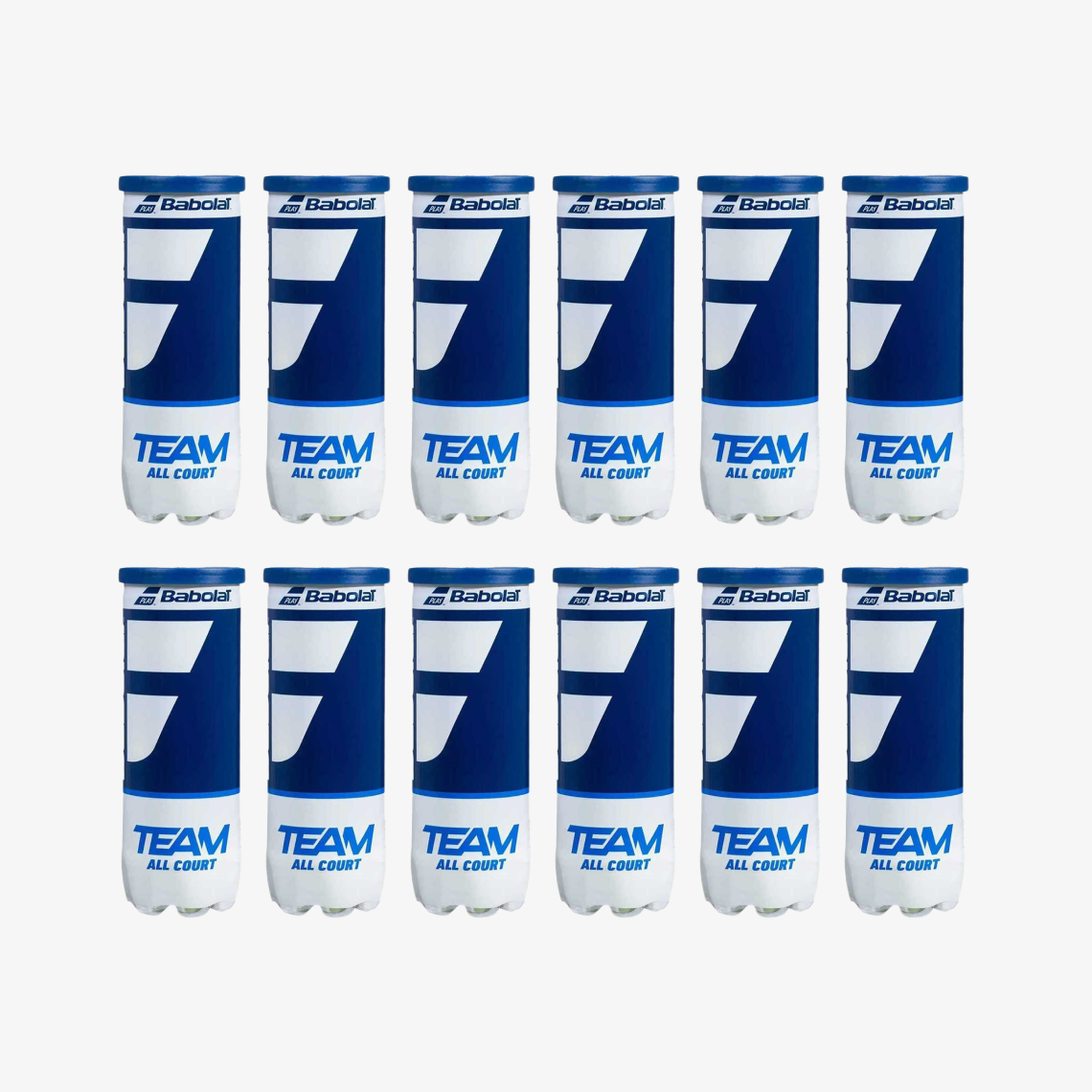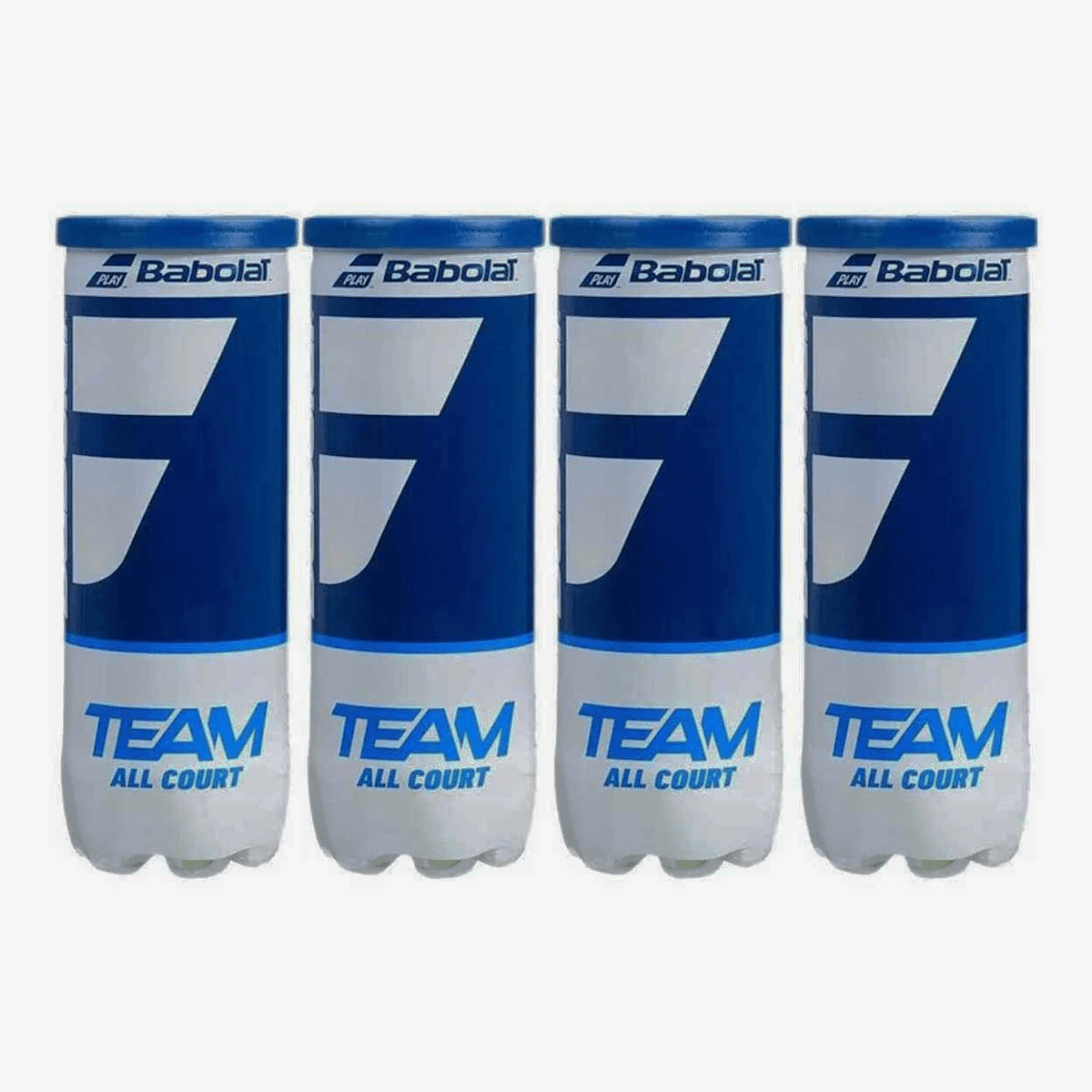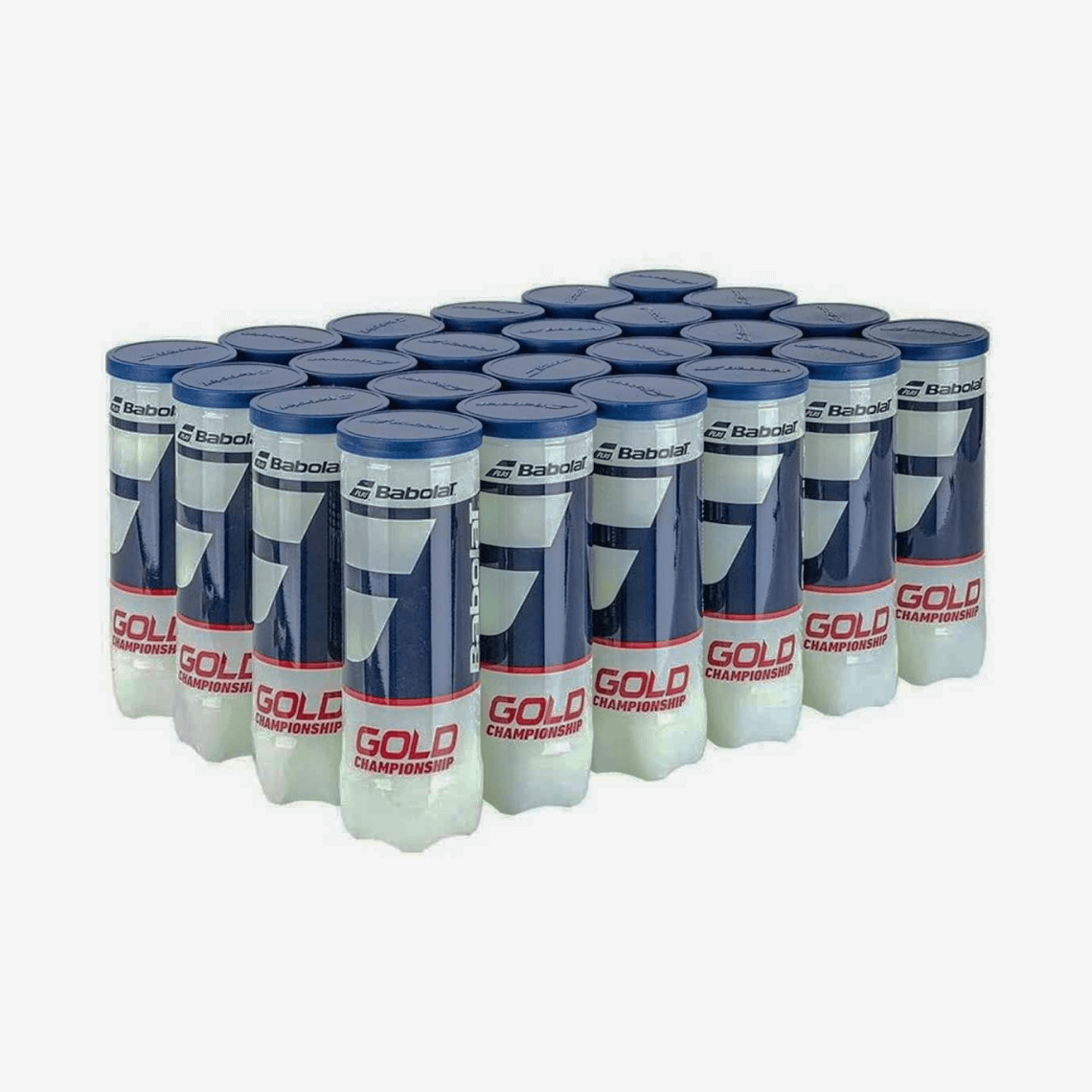Explained: BWF Tournament Structure
The Badminton World Federation (BWF) has revealed the updated schedule for the annual Badminton tournaments calendar spanning from 2023 to 2026. This revised format will be implemented for the next four years, commencing in the upcoming year. Notably, some intriguing modifications have been introduced.
As part of the revised calendar for the Badminton tournaments, the BWF has expanded the number of events in their World Tour brackets at various levels. The inclusion of four additional tournaments in Japan, Canada, Finland, and Australia starting in 2023 is a significant development. In addition to these new events, there have also been some changes made to the different tiers of the tournaments.
The Badminton World Federation (BWF) organizes five distinct levels of tournaments each year, namely Super 1000, Super 750, Super 500, Super 300, and Super 100. These tournaments are classified based on their level of significance, with the higher-ranking tournaments featuring more competitive matches and offering more ranking points to players.
The BWF World Championships and Olympics are the only tournaments that are more prestigious than these five levels. Super 1000 tournaments are considered the most significant and attract the top players worldwide. They offer the most ranking points, and only the best players can participate. Super 750 tournaments are of slightly lower importance than Super 1000 events but still
features highly competitive matches and offer a significant number of ranking points. Super 500 tournaments offer a lower level of competition, with fewer ranking points and a smaller pool of players. Super 300 tournaments are less significant, with fewer ranking points, and typically feature players outside of the top 20 rankings. Finally, Super 100 tournaments are the least important, attracting a smaller pool of players and offering the fewest ranking points.
BWF World Championships or Olympics
The Badminton World Federation (BWF) places the BWF World Championships and the Olympics at the pinnacle of their tournament hierarchy. While the Olympics occur once every four years, the BWF World Championships are held annually. Additionally, the Thomas Cup, Uber Cup, and Sudirman Cup, among others, are also considered prestigious and are included in the highest grade of the Badminton tournament system.
The champions of the first-grade tournaments receive 13,000 points in the Badminton rankings system, while the runners-up are awarded 11,000 points, and third-place finishers get 9,200 points. However, in the Olympics, bronze medalists receive 10,100 points, and the fourth-placed players are awarded 9,200 points.
Super 1000
The Super 1000 tournaments in the BWF World Tour are among the most esteemed Badminton competitions held annually. Starting from 2023 until 2026, the All England, Indonesia Open, China Open, and Malaysia Open, as well as the Asian Championships, are the only tournaments categorized as Super 1000. The Super 1000 is designated as ‘Grade 2, Level 1-2’ in the BWF yearly calendar, offering prize money of $1,000,000.
The victors of the Super 1000 tournaments earn 12,000 points in the Badminton World Rankings, while the runners-up receive 10,200 and 8,400 points, respectively. These tournaments are highly respected and carry significant importance in the Badminton world, but they are ranked lower in significance than events such as the BWF World Tour Finals and the Olympics.
Super 750
The Super 750 tournaments rank just below the Super 1000 and are categorized as Grade 2 (Level 3) in the Badminton tournament hierarchy. Six tournaments will be held under the Super 750 grade between 2023 and 2026, namely the China Masters, French Open, Denmark Open, Singapore Open, Japan Open, and India Open.
The India Open tournament has been upgraded from the Super 500 level to the Super 750 level for the next five years. This may be due to India’s victory in the Thomas Cup earlier this year. The champions of the Super 750 tournaments receive 11,000 points, while the runners-up earn 9,350 points, and third/fourth-placed players receive 7,700 points.
Super 500
The Super 500 grade is categorized as Grade 2 (Level 4) in the BWF Tournament Ranking system. Starting in 2023, the Japan Open will be added to this level as a new competition. This brings the total number of Super 500 tournaments to nine per year.
There are nine tournaments included in the Super 500 grade of the BWF Tournament Ranking system. These are the Indonesia Masters, Thailand Open, Finland Open, Australian Open, Canada Open, Hong Kong Open, Korea Open, Japan Open, and Malaysia Open. Winners of these tournaments will receive 9,200 ranking points, while runners-up will be awarded 7,800 points and third/fourth-placed finishers will receive 6,420 points.
Super 300
The Super 300 level includes some of the smaller Badminton tournaments held annually. This level is categorized as Grade 2 (Level 5) in the tournament ranking system and comprises 11 tournaments each year.
The Super 300 level will feature a new India Open tournament for the 2023-2026 cycle, in addition to the existing 10 tournaments. This level, which falls under the Grade 2 (Level 5) category in the tournament ranking system, includes the Thailand Masters, Spain Masters, US Open, Korea Masters, Germany Open, Hylo Open, Swiss Open, Taipei Open, New Zealand Open, and a new France Open tournament.
Players who win the Super 300 tournaments will earn 7,000 points toward their rankings. The runners-up will receive 5,950 points, and those finishing in third or fourth place will get 4,900 points. This category of tournaments is part of Grade 2 (Level 5) in the BWF Tournament Ranking system and includes 11 tournaments, including the new addition of India Open for 2023-2026, as well as Thailand Masters, Spain Masters, US Open, Korea Masters, Germany Open, Hylo Open, Swiss Open, Taipei Open, and New Zealand Open. Additionally, a new France Open has been added to this level.
Super 100
The Super 100 tournaments are categorized as Grade 2 (Level 6) in the BWF Tournament Ranking system. These tournaments typically showcase some of the less experienced or lower-ranked players from various countries, who are aiming to improve their position in the BWF World Rankings.
This year, six tournaments were scheduled to take place at the Super 100 level. The Odisha Open, which was held in Cuttack in January, was one of them. However, due to Covid-19 restrictions, the Akita Masters 2022 in Japan was canceled. As of now, the Canada Open and Vietnam Open in September, as well as the Indonesia Masters Super 100 in October, are still scheduled to be held at this level.

